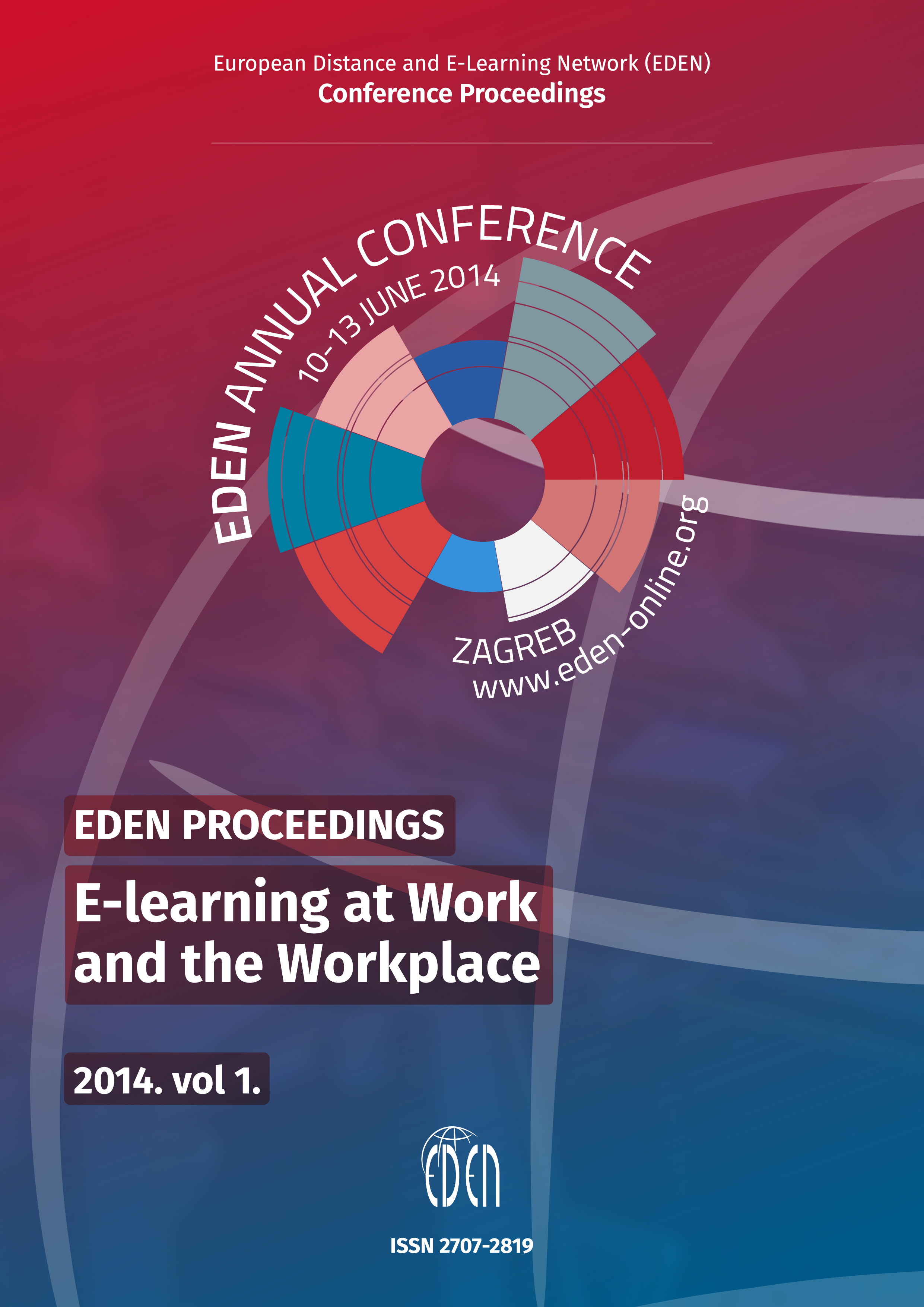Vocational Education and the Evolution of the Computing Disciplines
Vocational Education and the Evolution of the Computing Disciplines
Author(s): Martin Atchison, Joze KuzicSubject(s): Social Sciences, Education, Higher Education
Published by: European Distance and E-Learning Network
Keywords: Education; Educational systems and structures; Employability; Employability
Summary/Abstract: Throughout the relatively brief history of IT, undergraduate teaching programs in the IT disciplines have had to cope with the traditional antipathy of universities towards vocationally-based education. This resistance towards vocationally-oriented education has been a common feature of universities since their origins as educational institutions.The earliest universities followed the example of the ancient Greek academies, in favouring disciplines which focused on pure knowledge, independent of its application in practice. Consequently, throughout most of the history of the university, studies in the fields of engineering and technology were excluded on the grounds that they were too ‘utilitarian’, lacking in the theoretical foundations deemed appropriate to a university academic discipline.It was not until the late 19th and early 20th century that the disciplines associated with technology and the applied sciences began to earn widespread acceptance as suitable fields of study for universities.The overview of the history of IT education in the Victorian higher education sector, presented here, has highlighted a number of important features about the way in which has developed:• Disciplinary legitimacy and recognition: Of the ACM’s five core disciplines, only CS and CE can claim to have been universally accepted from the beginning as legitimate academic disciplines in the institutions covered in the study; the other disciplines did not achieve that status until the reforms to the higher education system broke down the barriers between ‘academic’ and vocationally-based IT. Interestingly, the vocationally-based generalist applied computing program which has been the most commonly offered type of program over the study period was the last type of program to earn disciplinary recognition from the ACM.• Disciplinary diversity: The rapid rate of technological change and the changing demands of the student market have led to higher education institutions offering an extremely diverse range of IT-based academic programs. The programs in the disciplinary areas recognised by the ACM have been far out-numbered by programs addressing specific specialist aspects of IT and its applications.• Volatility: There has been an extraordinarily high rate of turnover in IT program offerings, particularly in the changing student market place of the last 15-20 years. The speed with which institutions have been willing to dispense with IT programs suggests that the ‘hold’ which IT has on its place in the academic hierarchy is at best uncertain, and at worst tenuous.• Vocational emphasis: After providing the dominant rationale for IT programs up until the abolition of the CAEs in 1990, the influence of vocational requirements has been significantly reduced and replaced by student demand as a key driver of IT program offerings.• Influence of external factors: ‘Non-academic’ factors such as the structure of the higher education system, government funding policies and market forces have played major roles in influencing the shape of IT education.
Journal: European Distance and E-Learning Network (EDEN) Conference Proceedings
- Issue Year: 2014
- Issue No: 1
- Page Range: 430-439
- Page Count: 10
- Language: English

